Best Practices in Underground Utility Damage Prevention
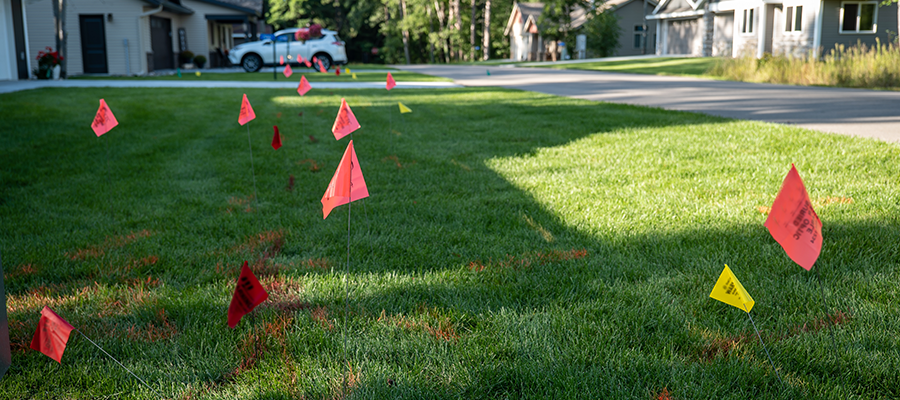
Best Practices in Underground Utility Damage Prevention
By Marty Brackney, Operations Manager, Bermex
The need to prevent damage to underground utilities has become increasingly critical. The risk of accidental strikes has surged from increased excavation, resulting in billions of dollars invested in broadband expansion, utility upgrades, and construction projects.
The premier industry association, the Common Ground Alliance (CGA) has a single mission to prevent damage to underground utilities and to improve public safety. In 2023 they announced the “50 in 5” challenge to reduce damages to buried utilities in half by 2028.
Their work over the years has resulted in significant progress toward reducing damage including promoting the 811 Call Before You Dig system and publishing the annual Best Practices Guide. The 2024 edition, Best Practices 20.0, includes more than 162 practices covering all phases of the safe digging process.
CGA members and stakeholders can submit a new best practice for review and consideration through a form on their website. Sixteen stakeholder groups participating in the CGA include excavators, locators, road builders, electric, telecommunications, oil, gas distribution, gas transmission, railroad, one call, public works, equipment manufacturing, state regulators, insurance, emergency services, and engineering/design.
In the guide, the CGA explains how best practices are included based on a consensus process. It is a working document that has evolved as more was learned and technology advanced.
A Comprehensive Approach
The CGA Best Practices 20.0 guide is the most comprehensive and up-to-date resource for damage prevention in the underground utility industry. The chapters include actionable insight and strategies for each stakeholder group.
Planning and design: Early-stage planning and designing include coordinating with utility operators during the design phase and incorporating utility information into project plans. These steps ensure that potential conflicts are identified and resolved before construction begins.
811 Call Before You Dig system: Failure to notify is the most persistent singular root cause year-over-year reported by the CGA. The 811 system has been a federally mandated system since 2005. According to the CGA’s 2022 Damage Information Reporting Tool (DIRT) Report damages were cut in half in the decade following the designation of 811 as the national call-before-you-dig number, but then started rising again and at best have leveled off in recent years.
The 811 system is central to preventing utility damage. Best practices for the efficient operation of 811 centers include timely response to locate requests, public awareness campaigns, and the adoption of new technologies like electronic white-lining to improve accuracy and reduce errors. Public outreach is also emphasized to ensure homeowners and contractors understand the importance of calling before digging.
Locating and marking: Accurate locating and marking of underground utilities is crucial for safe excavation. Protocols for utility owners and locators include the use of standardized color codes for different utility types and advanced technologies such as GPS mapping. It also stresses timely marking and clear communication between all stakeholders to avoid misunderstandings during excavation projects.
Excavation: Excavation is one of the highest-risk phases of any project involving underground utilities. Seventy-seven percent of no-call damages were attributed to professional excavators in 2022 according to the DIRT Report. Best practices for safe excavation include the use of potholing to verify utility locations, maintaining clearance from marked utilities, and ongoing communication with utility operators during digging activities.
Public education: Public outreach programs targeting homeowners, contractors, and landscapers ensure they understand the importance of calling 811 before digging. Best practices include using media campaigns, community events, and digital platforms to reach broader audiences.
Mapping and Geographic Information Systems (GIS): Accurate and up-to-date mapping of underground utilities is vital for safe digging operations. Recommendations include GIS-based mapping systems to provide detailed, real-time information on the location of utilities. Utilities are encouraged to maintain accurate maps and make them readily available to locators and excavators.
Enforcement: Enforcement of damage prevention laws and regulations is key to ensuring compliance with safety practices. Collaboration between government agencies, utility operators, and contractors to enforce regulations and hold parties accountable for violations is essential. The guide recommends the adoption of stricter penalties for those who fail to follow the required safety protocols.
Technology and innovation: The Best Practices Guide advocates for the continued development and adoption of innovative technologies including improved locating devices to real-time monitoring systems. Advancements in technology can lead to more accurate utility locating, better communication, and fewer utility strikes.
Data reporting and analysis: The guide emphasizes the importance of data collection and analysis for continuous improvement in damage prevention. Stakeholders are encouraged to participate in data-sharing initiatives like the DIRT Report, which helps identify root causes of utility damage and informs better practices for future projects.
Implementing Best Practices
Utilities rely on the CGA’s Best Practices Guide to ensure compliance with local and federal regulations, especially for marking, locating, and public awareness campaigns. Excavators and contractors are the primary users of the guide. Larger contractors tend to be more familiar with the guide and integrate its practices into their training programs. Smaller contractors, however, may not be as familiar or fully compliant. Relationships with partners such as Bermex can help ensure that best practices are understood and followed. Successful programs such as one conducted as a partnership with Bermex, New York State Electric & Gas (NYSEG), and Rochester Gas & Electric (RG&E), resulted in decreasing underground utility damage throughout New York by 70 percent.
The 811 Call Before You Dig system relies on the guide to standardize its processes for handling dig requests, coordinating with utility operators, and educating the public. Best practices emphasize better coordination between stakeholders and ensuring compliance with 811.
Line locators tasked with identifying and marking utility lines rely heavily on the guide and utilize the recommended technologies, like GPS mapping to meet the guidelines.
Regulatory organizations use the CGA Best Practices Guide as a reference for developing and enforcing safety regulations related to underground utilities. The guide informs legislation and penalties for non-compliance.
Partner with Bermex to safeguard your projects and ensure compliance with proven damage prevention practices. Explore our solutions today.
Related Articles
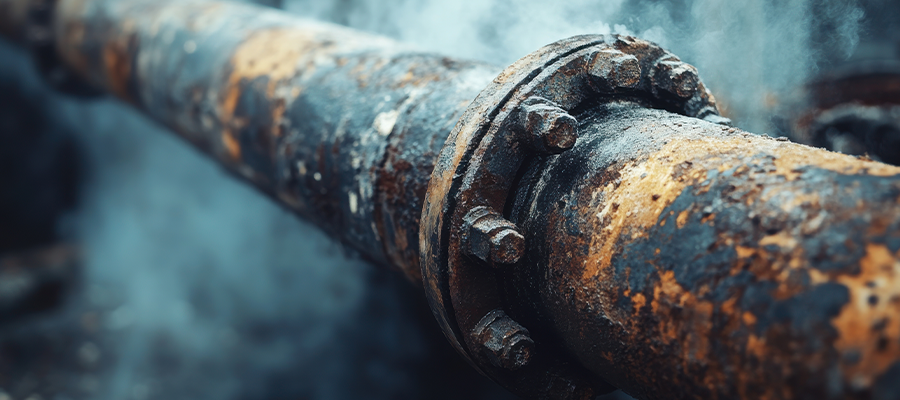
Utility providers are on the front lines of sustainability, and leak detection is one of their most powerful tools. The United States loses an estimated 6 billion gallons of treated water every day, along with the energy and resources used to process it. Gas utilities face similar challenges with methane emissions, creating both environmental risks and financial losses. Modern programs use GIS, mobile detection, district metering, and acoustic technology to find leaks quickly and accurately. Digital reporting ensures accountability, compliance, and long-term planning. Bermex helps utilities turn leak detection into a core part of sustainable operations that protect resources, customers, and the environment.
Read More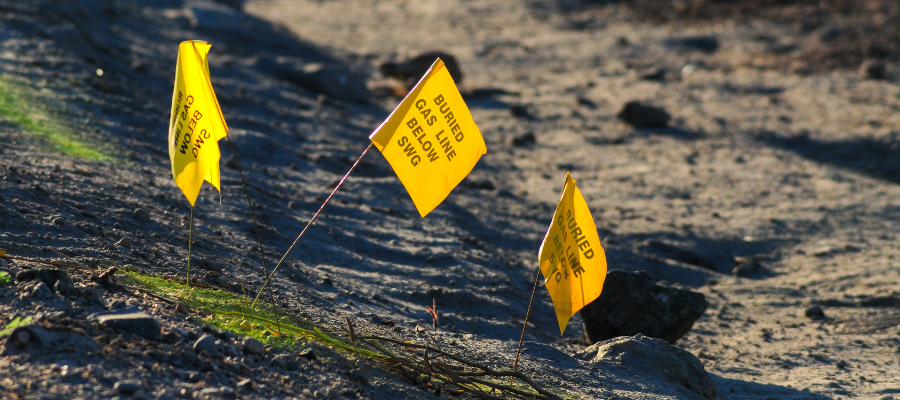
Every few minutes in the U.S., an underground utility line is struck—causing costly damage, service disruptions, and serious safety risks. With utility strikes costing nearly $30 billion annually, prevention is critical. Bermex provides expert utility locating and damage prevention services to protect infrastructure, safeguard communities, and keep projects on track.
Read More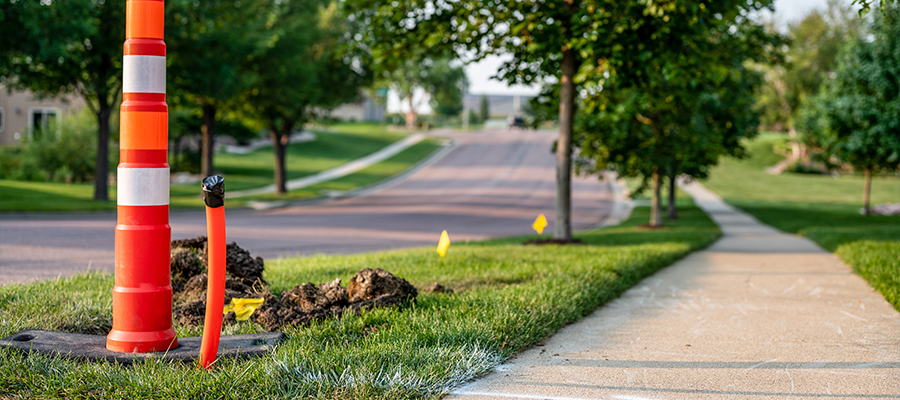
By David Mack, Senior Business Development Manager, Bermex When it comes to preventing utility damages, most organizations focus on technology, training, and regulations. But at the 2025 CGA Conference & Expo, a powerful theme emerged from multiple speakers, including Dr. Victoria Grady of George Mason University: culture, not compliance, is the foundation of lasting safety[...]
Read More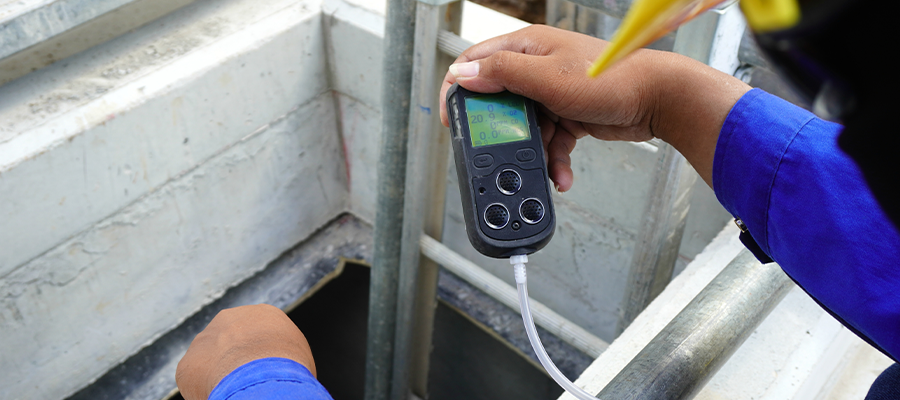
By Alan Ely, Safety Manager, Bermex Confined spaces are some of the most hazardous environments for professionals, especially in the metering services industry. These spaces, often encountered as underground vaults or utility access points, require strict adherence to safety protocols to protect workers from a range of risks, including toxic atmospheres, physical hazards, and operational[...]
Read MoreCategories
Recent Posts
- Diffusing a Difficult Customer [Infographic] 10th Sep 2018
- Neighborhood Safety [Infographic] 24th Sep 2018
- Bermex Has Named Keith Pancake as New Safety Manager 02th Dec 2019